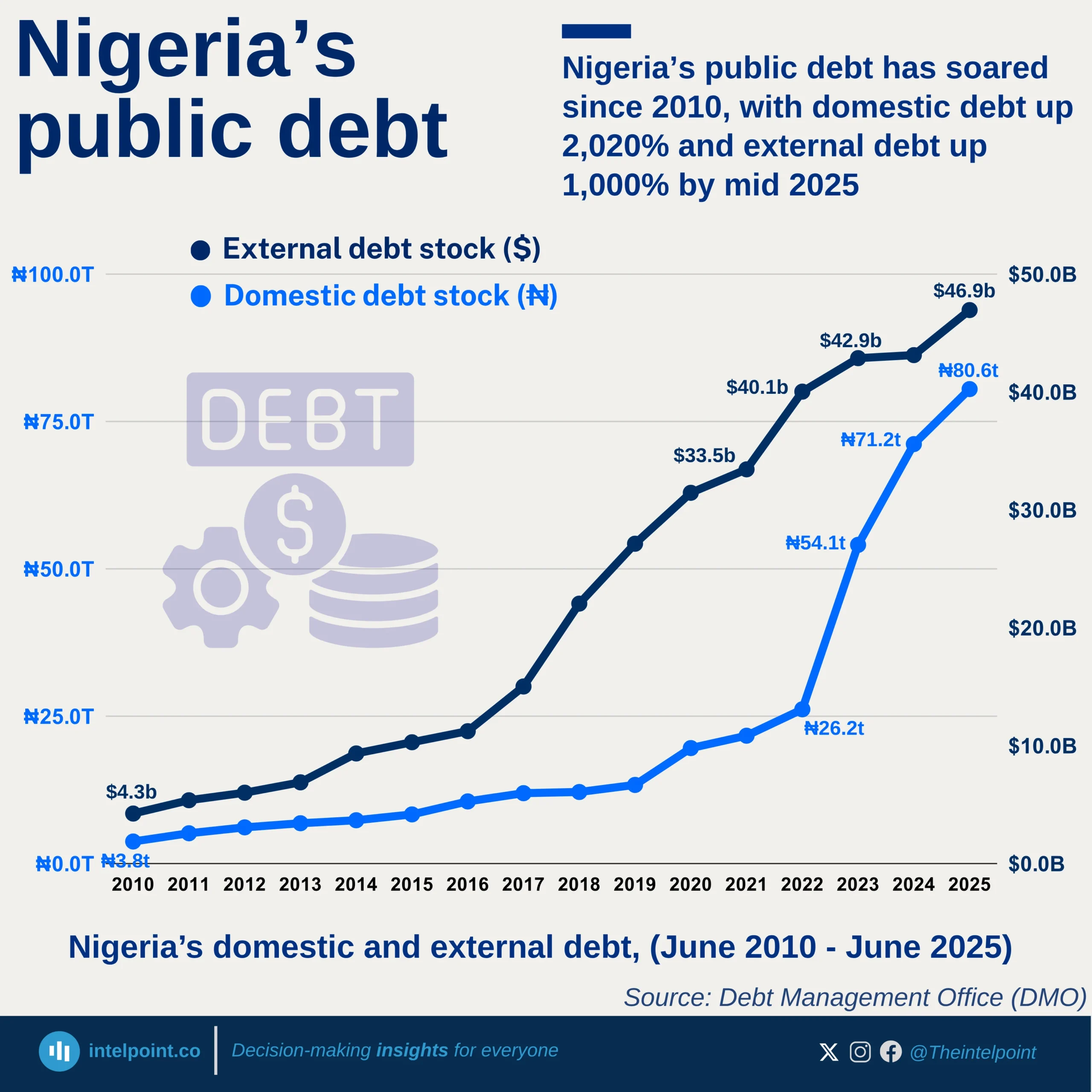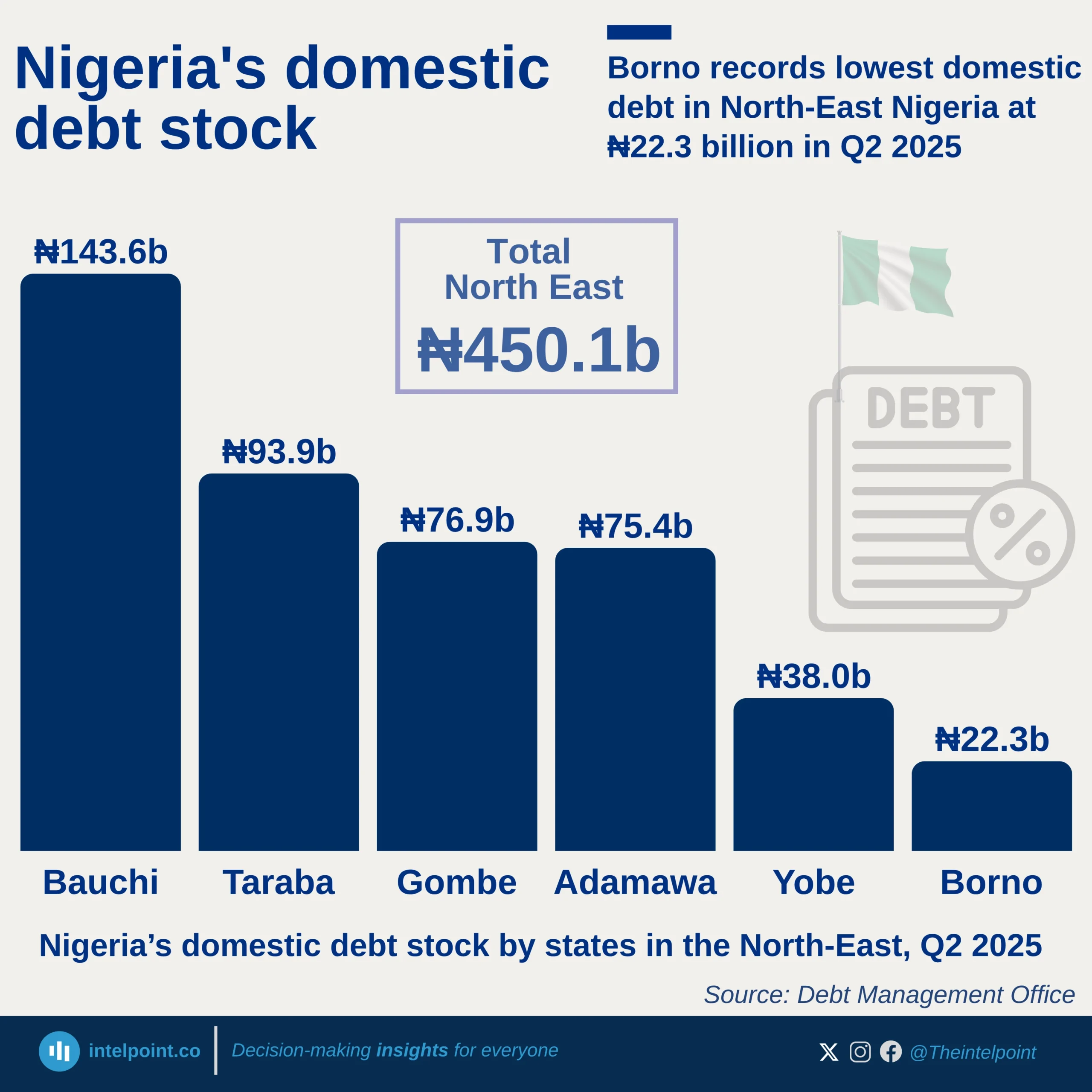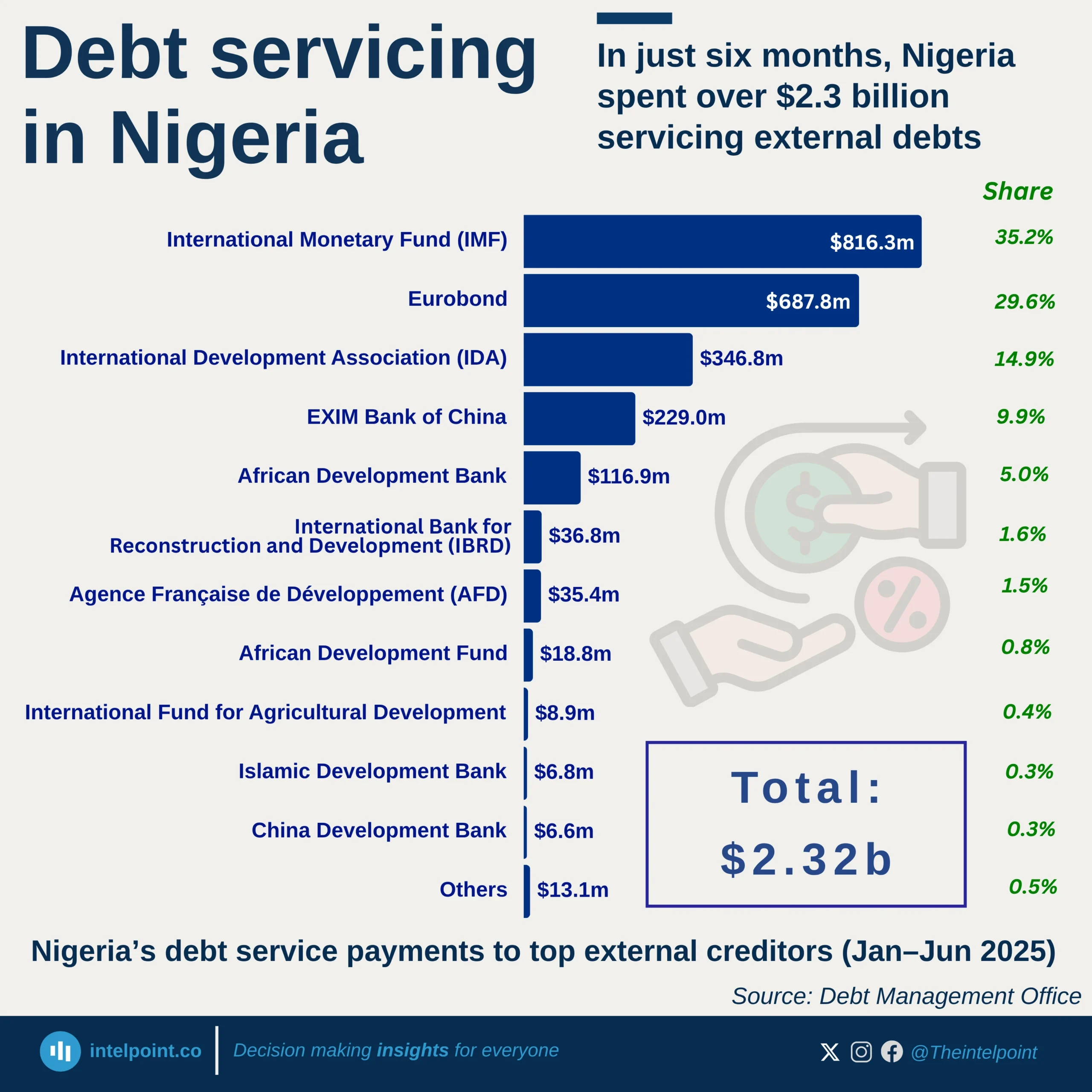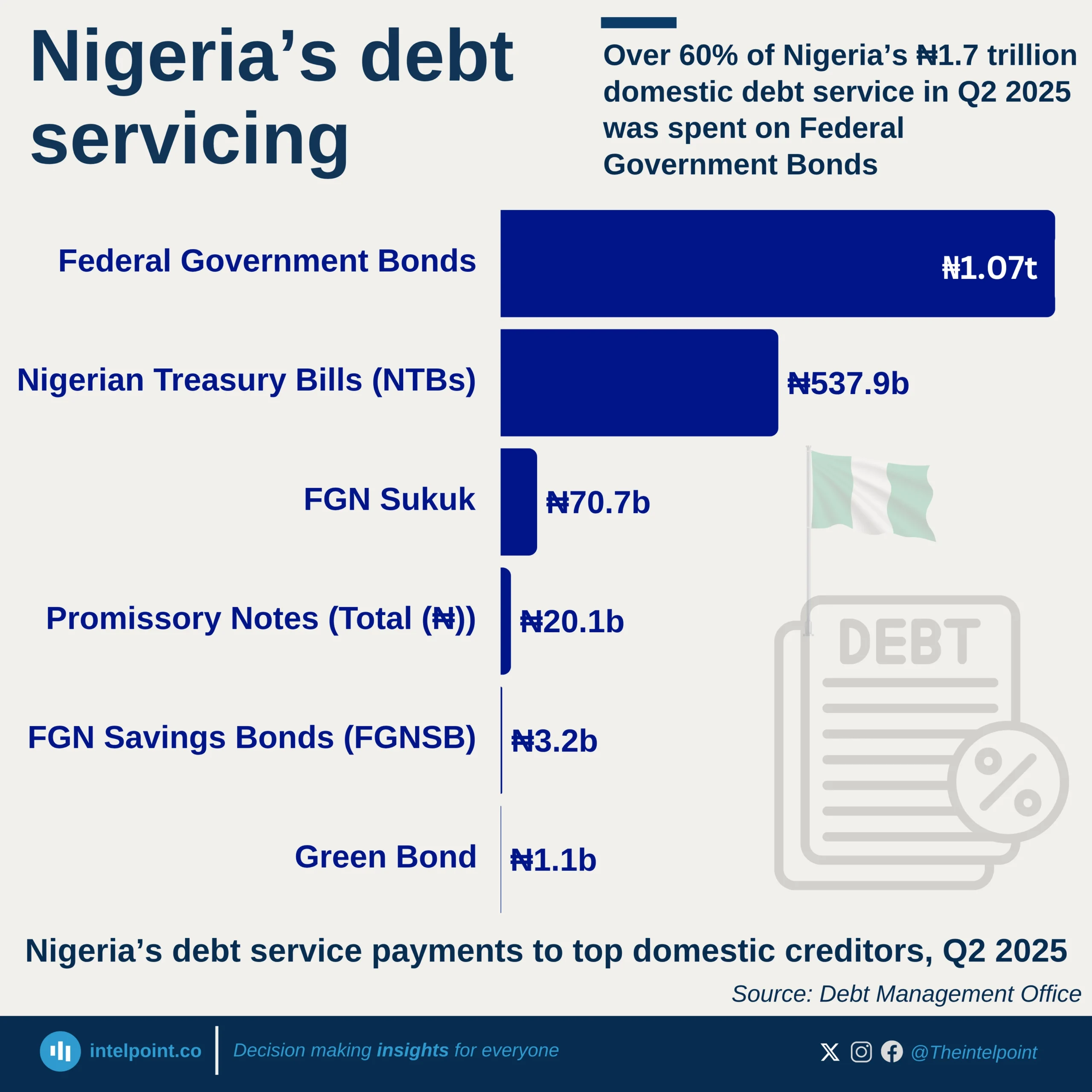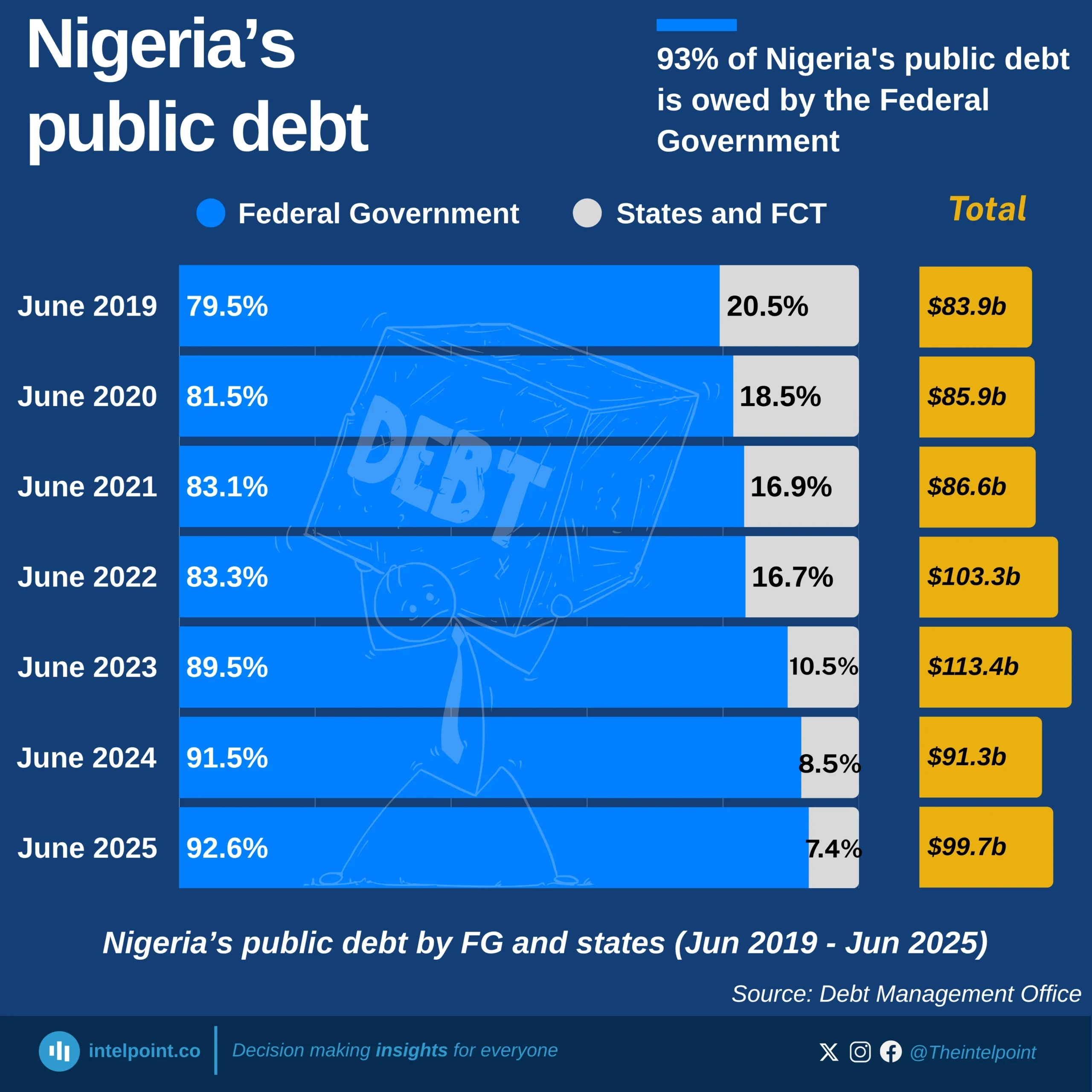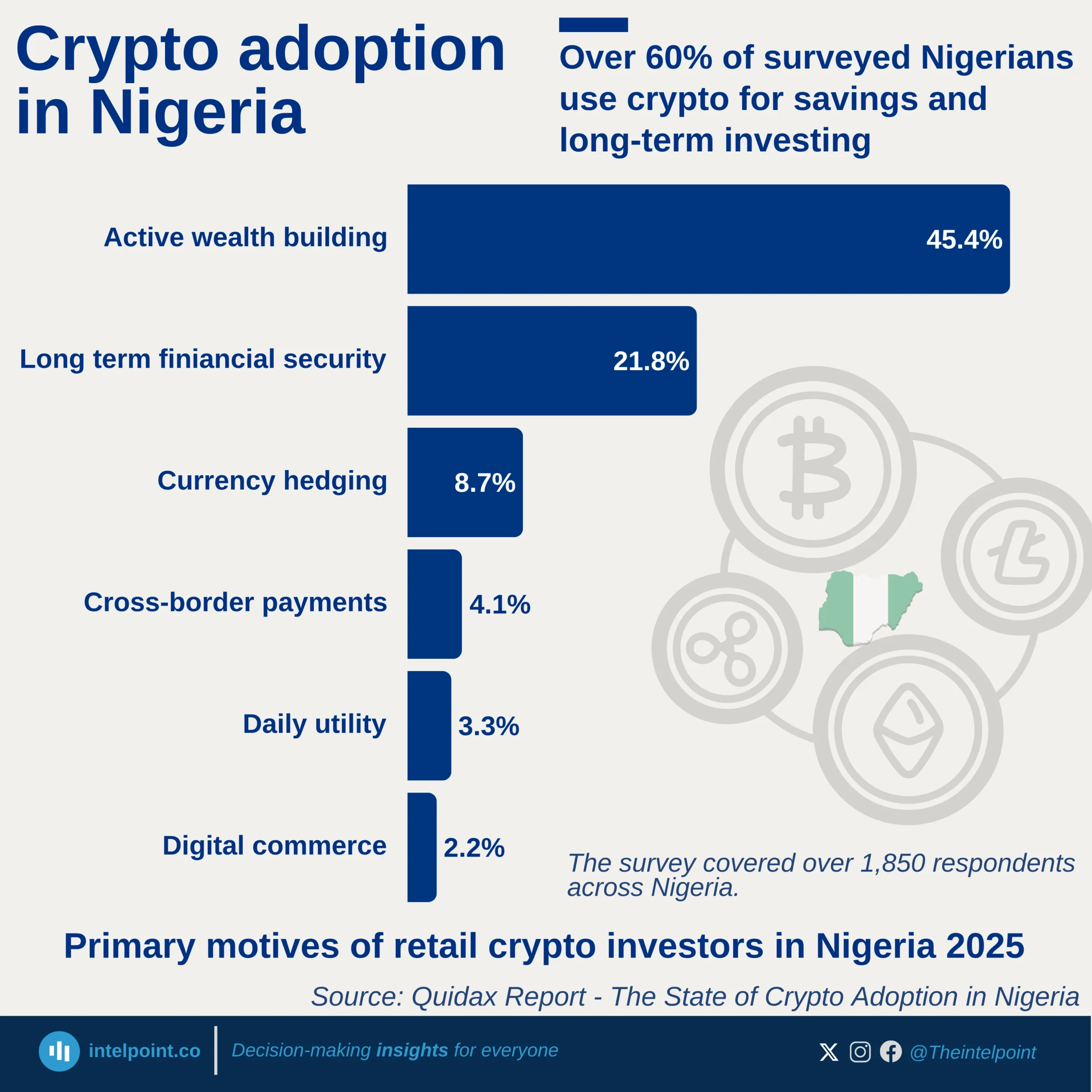This visual explores the distribution of female candidates in Nigeria’s 2023 general elections, comparing the highest and lowest represented states across each of the six geo-political zones.
Leading the chart is Lagos State in the South West, which recorded 114 female candidates, the highest in the country. This underscores the South West’s strong showing in female political participation. In contrast, Yobe State in the North East had only 7 female candidates, the lowest nationwide, pointing to a significant regional disparity.
Across all zones, the difference between the highest and lowest represented states is notable. For instance, in the South East, Imo led with 86 candidates, while Abia had just 46. Similarly, in the South South, Rivers saw 85 female candidates, far more than Bayelsa’s 27.
The North Central zone showed moderate numbers, with Benue (62) leading and the FCT (11) on the lower end. Overall, this distribution highlights how female political participation varies sharply not only across the country but even within regions.
